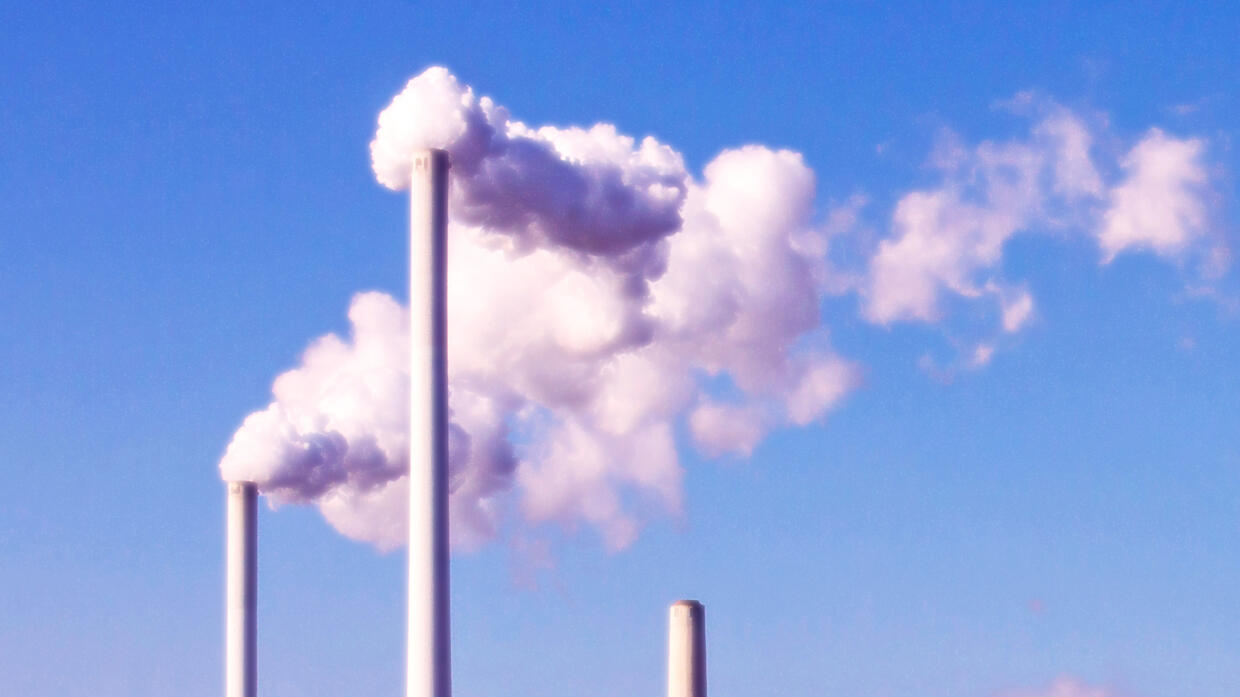Secondly: carbon leakage. In order for emissions trading to work, it would have to be introduced worldwide. If, as is currently the case, only a small number of countries are subject to emissions trading, distortions arise: emission-intensive products are suddenly more expensive there than in countries without a CO2 price. This creates competitive disadvantages and high-emission sectors of the economy threaten to migrate to unregulated countries. This side effect, also known as carbon leakage, nullifies climate protection efforts: companies with high emission intensity relocate production abroad – and the bottom line is that no emissions are saved. To compensate for this competitive disadvantage, the EU Commission has developed a formula: Economic sectors that are very emission-intensive and heavily dependent on the world market, such as steel and cement production, are put on a carbon leakage list and receive free certificates.
Also read: Everything on the heat pump?
Third: Important sectors are still missing. Emissions trading must include all emission-intensive economic sectors in order to be effective. However, important areas such as road traffic, the heating sector and agriculture are still missing. That is about to change: from 2027, there will be a new emissions trading system for companies that sell petrol and diesel in road traffic or oil and gas in the heating sector. In this second emissions trading there will be no free certificates because carbon leakage is not a problem. After all, only a minority will drive to the EU’s external borders to fill up. However, there is a price cap of 45 euros. If the market price rises above this limit, additional allowances are made available.
